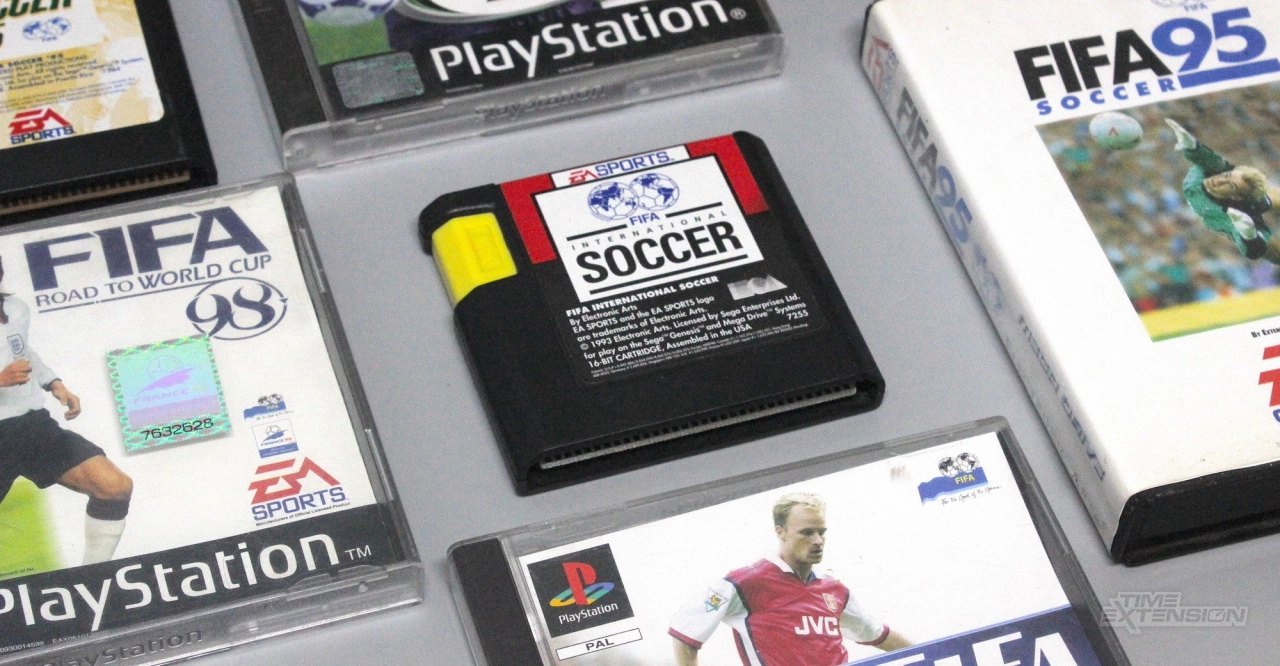
FIFA International Soccer sparked a revolution in sports video games when it launched in 1993 on the Sega Mega Drive/Genesis. This game was not just another title — it was the start of what would become a billion-dollar series. It all began in a Vancouver suburb at EA Canada, with help from the EA UK team, as they set out to create an authentic football simulation, akin to the existing NHL Hockey and John Madden Football titles.
EA UK wasn't originally geared towards internal game development, focused instead on supporting external game development, testing, and marketing. Despite this, some members within their marketing and production teams were resolute that a football game for the Sega Mega Drive could be a hit.
Neil Thewarapperuma, EA's marketing manager at the time, forged a technical document titled WhyEA, where he justified the potential success of such a product. Although it seemed initially dismissed, another EA UK member, Matthew Webster, also advocated for a football title, leading to the development of a deep design document for EA Soccer.
Webster, who aspired to be a part of the RAF before shifting his dreams to the gaming industry, managed to join EA UK in 1990 in customer service, eventually moving up to assistant producer. Remembering developers Jules Burt and Jon Law, who had been pitching a volleyball game to EA, he saw the potential for collaboration.
Burt and Law created three prototypes demonstrating differing camera perspectives for a football game. While the initial two mimicked the side-on-parallax view and a Madden-style perspective, it was their third prototype—featuring an isometric view—that caught EA's attention. This perspective, a concept partly suggested by Burt's father, was distinct and set their football game apart from contemporaries like Kick Off and Sensible Soccer.
The project, though initially spearheaded by Burt and Law, was transitioned to the newly established EA Canada, a decision which the duo admits was the best course. EA Canada built upon the isometric prototype and began the arduous journey of honing the game's authenticity, sourcing football match footage, and dissecting player movements and decisions.
The team, now including prominent figures like Bruce McMillan, Jan Tian, and Brian Plank, worked tirelessly. McMillan focused on refining the core gameplay mechanics, insisting on a simple yet perfect passing system before expanding the game further.
Plank, who initially came on board as an audio programmer, became instrumental in transitioning the C++ testbed of the game onto the Sega Mega Drive by translating the code into the console's language manually. The development process was challenging, with programmer Jan Tian enduring health detriments due to his relentless work ethic.
As the game's development progressed, securing the FIFA license became a serious consideration. Initially known as EA Soccer, the game secured the FIFA branding through negotiations with the licensing arm of FIFA, ISL. However, the license did not include player names or likenesses, which led to a creative solution where EA staff and their partners volunteered their names to be used in-game.
Towards the game's release, a debate ensued within EA's ranks regarding the branding strategy for the North American market. Some suggested changing the FIFA branding to "US Soccer," but McMillan insisted on maintaining a unified FIFA product globally, a decision that ultimately proved successful.
Upon its release, FIFA International Soccer was critically acclaimed and sold beyond expectations, leading to a rush of ports for various platforms. Year after year, the franchise grew, adding features, teams, and technological advancements, with the latest iterations known to younger audiences. In 2022, EA announced it would release future titles under the name EA Sports FC following a disagreement with FIFA over licensing costs.
Reflecting on the series, Jan Tian experienced mixed feelings at the split between EA and FIFA but acknowledged that the series had reached incredible milestones. Webster asserted that the video game had grown beyond the need for the "FIFA" name, hinting at a lack of understanding from FIFA on the power of video games.
FIFA International Soccer's creation was more than just game development; it was a story of passion, dedication, and vision that forever changed sports gaming. It laid the foundation for video game football, cementing its place in the hearts of gamers and sports enthusiasts alike.
You must be logged in to post a comment!